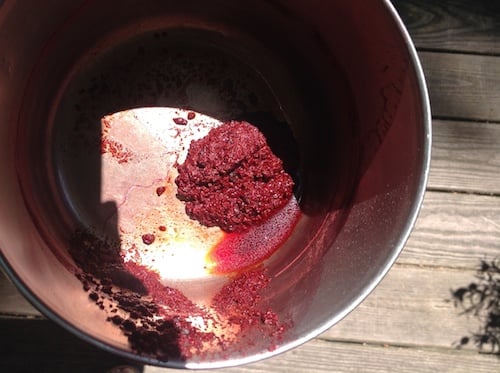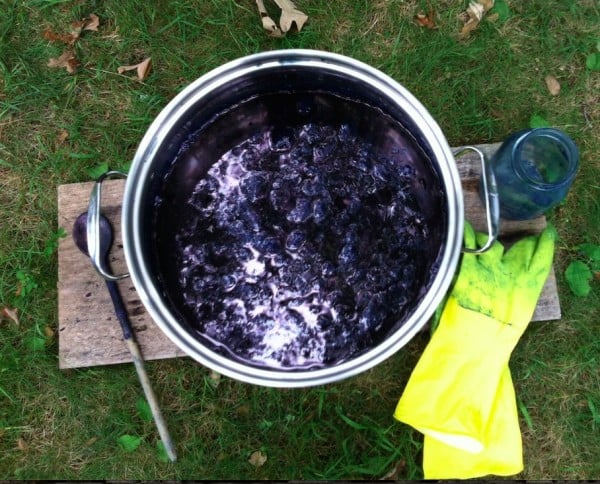Each week, we are emailed with questions from our natural dye community asking simple and complex questions that we thought might be worth sharing. Here are a handful from this week answered by natural dyer in chief, Kathy Hattori, Founder of Botanical Colors:
Do you have any tips on getting a crimson red on cotton from cochineal? Been trying so many different ways and can’t get the concentration to stay!
The majority of the historical recipes for very deep and bright red on cotton use madder, not cochineal. Your best bet if you want the deepest shade on cotton is to mordant with tannin and alum, then a strong percentage of cochineal. You might possibly need to repeat the process, which is one of the practices in historical dyeing. The traditional method for a deep red on cotton using madder root is the very long, arduous method called Turkey Red, which involves up to 3 weeks, strange and somewhat disgusting ingredients (rancid oil and cow’s blood) and about 20 steps.
How does one dye wool in indigo? If you can’t what dyes could I use to get blues and greens?
Wool is easily dyed in an indigo vat using the 1-2-3 recipe. It’s best to keep wool yarn and fabric off the bottom of the vat as the sediment gets lodged in the wool fibers. A plastic colander placed upside down in the vat helps keep the fibers from touching the sediment. Using Hide Glue and a slightly lower pH help wool stay soft after a dip in the indigo vat. It also helps to use a splash of white vinegar in the final rinse to neutralize the strong alkalinity of the vat. You will be rewarded with a lustrous and rich blue shade!
Another option is Saxon Blue, which is indigo that has been converted with a strong acid and then neutralized. Saxon Blue is available only in liquid form and works best with wool fibers, but not with plant fibers. Saxon Blue does not require making a vat; rather, a simple immersion bath will do the trick. Although it does not require a mordant, I’ve used aluminum sulfate as a mordant with good results. The color range of Saxon Blue is very different than indigo. It yields a turquoise to aqua shade and combines well with other dyes.
For green:
The usual way to obtain green is to overdye yellow over indigo, or indigo over a yellow-dyed fiber. You can also add iron to a yellow dye on a white yarn and get an olive shade.
If you are lucky enough to have a natural medium gray fleece, you can create a lovely chartreuse simply by mordanting and overdyeing the wool with a strong yellow, such as weld or fustic. The yellow shade will overdye the wool and come out of the dye pot a light sage green shade.


